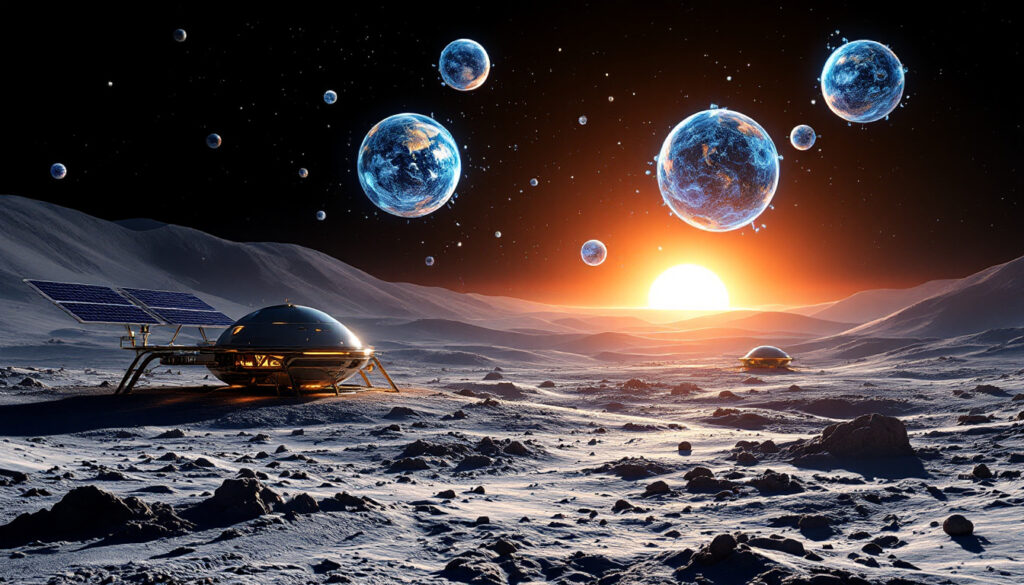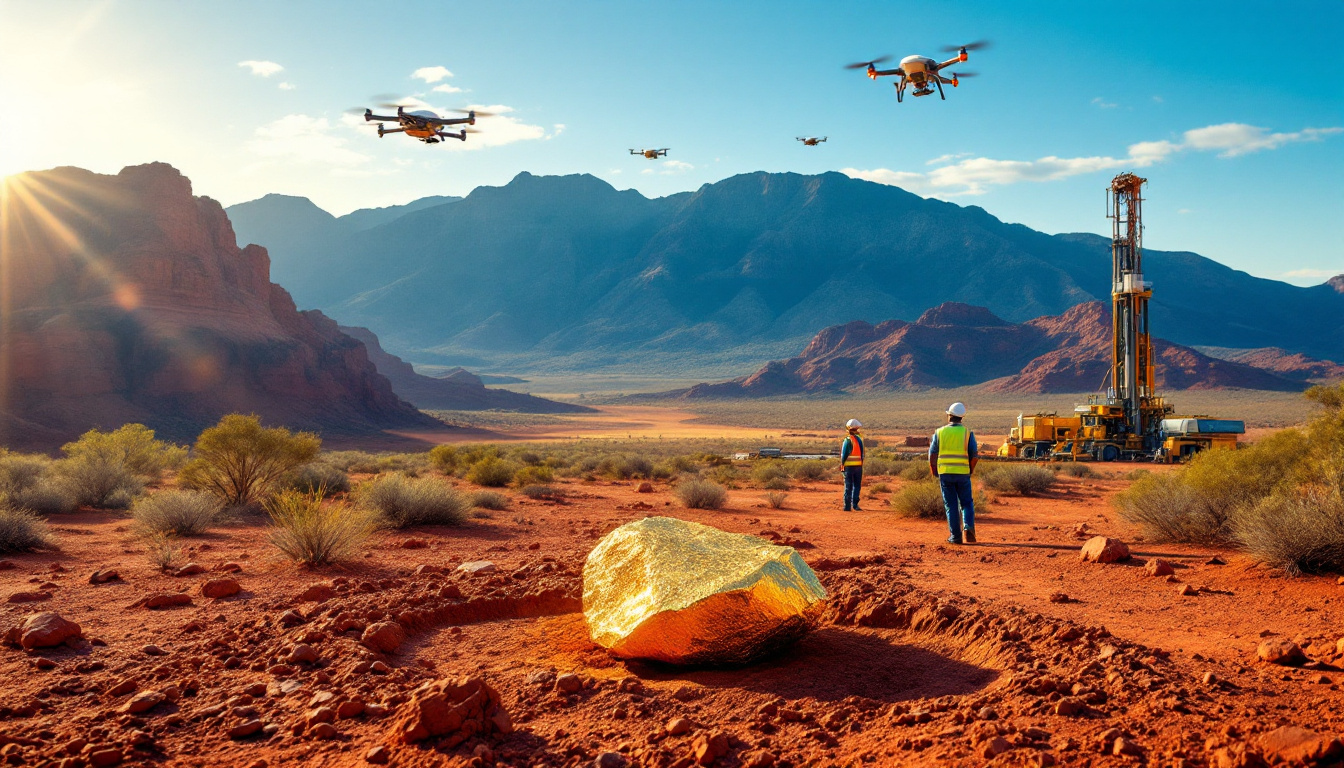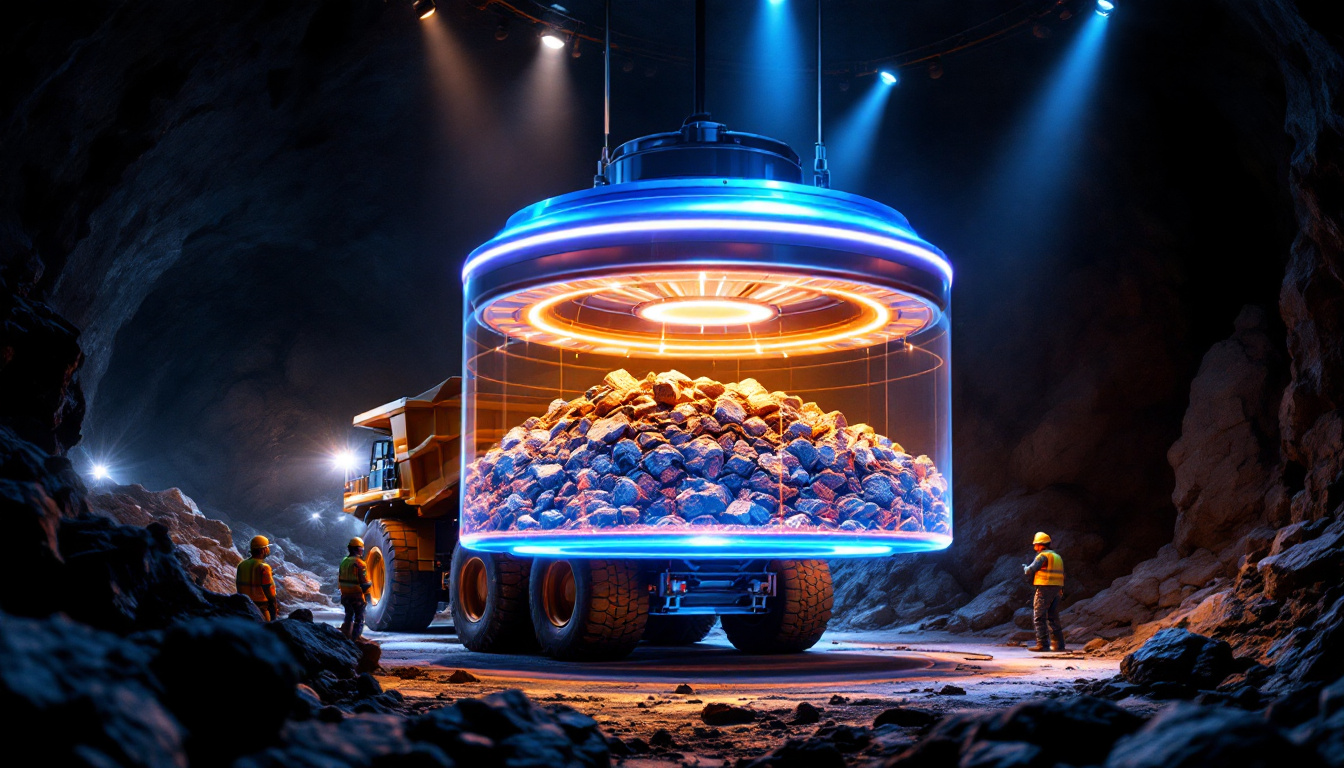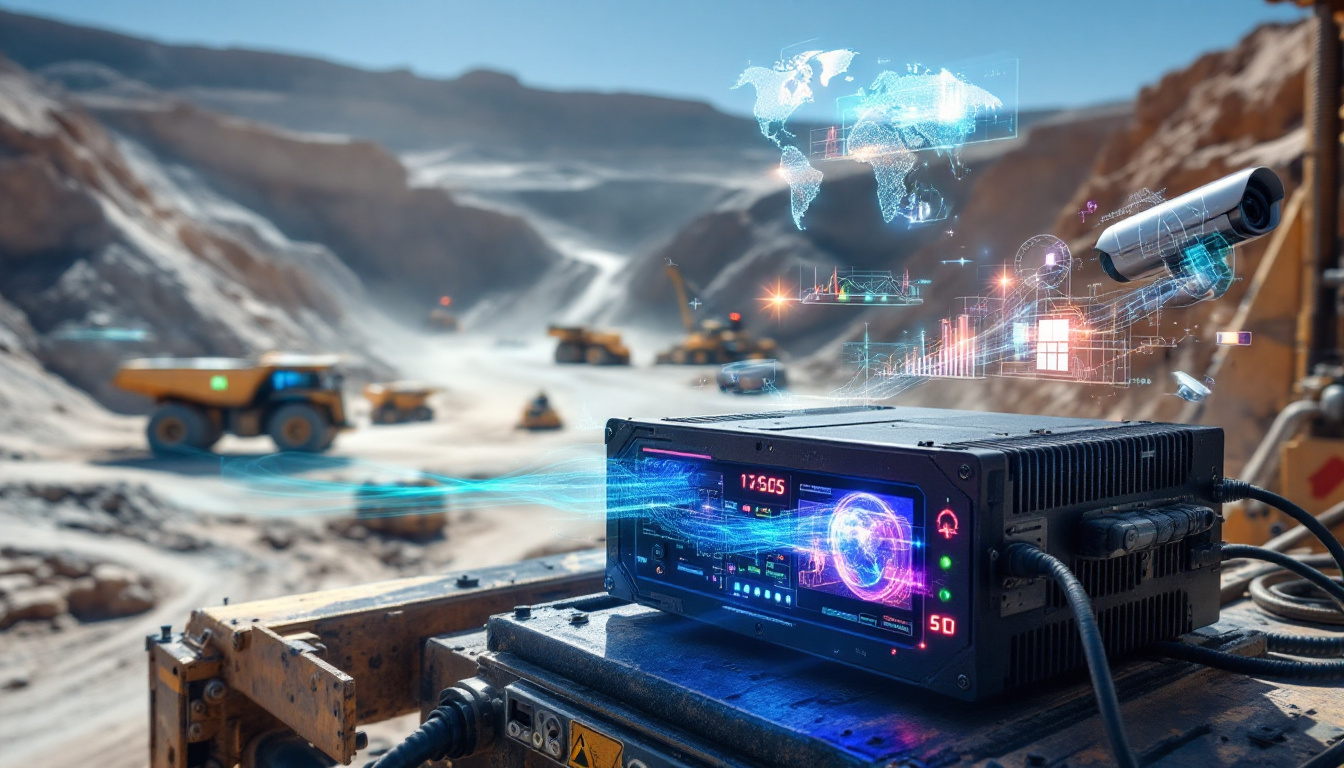What is Lunar Regolith and Why is it Important for Solar Panels?
Lunar regolith, commonly referred to as moon soil, has become a focal point in the European Space Agency's innovative research as they seek alternatives to Earth-sourced materials for solar panel production. This fine-grained, loose material covers the lunar surface and has properties that make it potentially valuable for manufacturing solar technologies in space.
As ESA prepares to celebrate its 50th anniversary in 2025, the agency is increasingly focused on sustainable space exploration strategies that reduce dependence on Earth's limited resources. The moon's surface contains abundant regolith rich in silicon and oxygen—key elements needed for solar cell production—making it an attractive alternative to traditional materials.
Andrea Vena, ESA's Chief Climate and Sustainability Officer, has confirmed the agency's active research into lunar regolith for solar panels: "On the moon, we have an abundance of regolith that could potentially be processed to provide energy to our satellites and future lunar bases. This approach allows us to think beyond Earth-based supply chains."
The importance of this research has been amplified by recent approaches to addressing critical mineral shortages that threaten the future of space-based power systems. By developing technologies to utilize lunar regolith, ESA aims to establish a more self-sufficient model for space exploration and eventually permanent lunar settlements.
In-situ resource utilization (ISRU) represents a core principle in ESA's sustainability framework, focusing on using locally available materials rather than transporting everything from Earth. This approach not only addresses supply chain vulnerabilities but also significantly reduces the cost and environmental impact of space missions.
How is the Germanium Shortage Affecting Space Technology?
Germanium, a semi-metallic element crucial for high-efficiency space solar applications, has become a bottleneck in satellite production due to severe supply constraints. This silvery-gray semiconductor serves as the substrate for gallium arsenide solar cells, which power most satellites due to their superior performance in space environments.
The scale of germanium consumption in space technology is substantial—each standard satellite requires approximately 6,000-15,000 germanium wafers for its solar cells, while larger satellites need tens of thousands. These requirements place enormous pressure on global germanium supplies, which were already constrained before recent geopolitical developments.
China's implementation of export controls on germanium-related items on August 1, 2023, created a seismic disruption in global supply chains. This decision had immediate and dramatic effects on pricing and availability, with European prices for germanium 99.999% skyrocketing by 114%—from $1,400-1,550 per kg to $3,000-3,300 per kg between August 2023 and March 2025.
Industry experts have noted that production capabilities have been severely impacted. According to a Fastmarkets source in December 2024: "Production losses mean wafer supply won't match raw material availability, creating a compound effect on the space industry's ability to maintain satellite production schedules."
The UK Critical Minerals Intelligence Centre escalated concerns when it listed germanium among the top 10 materials at risk of political shifts affecting global mineral supply chains in November 2024. This designation has prompted space agencies and aerospace companies to accelerate research into alternatives while implementing stringent conservation measures for existing germanium stocks.
What Makes Lunar Regolith a Viable Alternative for Solar Panels?
The moon's surface contains virtually unlimited quantities of regolith that could be processed for solar panel production, offering a potential solution to Earth's mineral supply constraints. Unlike Earth's resources, which face increasing extraction costs and environmental concerns, lunar regolith represents an untapped reservoir that could support space infrastructure development.
The composition of lunar regolith varies across the moon's surface but generally contains silicon, oxygen, iron, calcium, and aluminum—many of the elements needed for creating solar cell substrates. While not identical to Earth-sourced materials, these lunar resources could be refined and processed using specialized techniques being developed by ESA researchers.
"Mining celestial resources is becoming necessary if we're serious about establishing bases and expanding our presence in space," notes Andrea Vena. "We're looking at ways to avoid Earth dependence by developing technologies that can process lunar materials into usable components for solar arrays and other critical systems."
ESA has backed this research with substantial investment. Aerospace giants Airbus and Thales have received contracts worth over €15,000 to explore lunar resource utilization technologies, demonstrating the agency's commitment to developing practical applications for regolith-based solar cells.
The potential for using lunar materials aligns perfectly with ESA's broader sustainability objectives. By establishing production capabilities directly on the moon, future missions could dramatically reduce launch mass requirements from Earth—one of the most significant cost and environmental factors in space exploration.
How Does Circular Economy Apply to Space Exploration?
Circularity principles have become fundamental to ESA's approach to space exploration, with resource efficiency driving innovative approaches to sustainable resource utilization across the agency's programs. Traditional space missions have operated on a linear consumption model, but sustainability concerns are rapidly changing this paradigm.
"Circularity is fundamental to our vision for sustainable space exploration," explains Andrea Vena. "We must reuse, recycle, repurpose, and redesign resources in situ if we're going to establish a permanent human presence beyond Earth."
A prime example of this approach is ESA's germanium recycling initiative. Standard triple-junction solar cells use approximately 150 micrometers of germanium as a substrate, but only 10-20 micrometers are actively used in the functioning cell. This inefficiency represents a significant opportunity for improvement through circular design principles.
By 2021, ESA had developed a recycling process that allows for approximately 80% of germanium to be recovered from manufacturing processes. This technological breakthrough represents a crucial step toward more sustainable space operations, particularly as germanium prices continue to climb—with gallium, another critical space material, experiencing a 68% price increase from $350-420 per kg to $600-690 per kg between August 2023 and March 2025.
The circular economy model extends beyond simple recycling to include designing systems with end-of-life considerations from the beginning. For space missions, this means creating components that can be repaired, repurposed, or recycled in orbit or on lunar surfaces, eliminating the need for replacement parts from Earth.
What Other Technologies is ESA Exploring for Space Power Systems?
Beyond lunar regolith, ESA is pursuing multiple technological pathways to address the challenges of power generation in space. Gallium nitride (GaN) has emerged as one of the most promising alternatives, described by ESA as a "key enabling technology for space" with transformative potential.
Andrew Barnes, ESA's GaN Project Lead, has stated: "GaN is the most promising semiconductor material since silicon, offering revolutionary performance improvements for space applications." The advantages are substantial—GaN technology delivers a five to ten-fold increase in communications power without requiring additional cooling systems, a critical benefit in the vacuum of space.
Despite GaN's promise, this technology is not immune to the same supply pressures affecting germanium. Gallium 99.99% prices increased by approximately 68% from $350-420 per kg to $600-690 per kg between August 2023 and March 2025, highlighting the need for diversified approaches to space power generation.
ESA's "Remedia" project represents another innovative approach, focusing on developing radiation-resistant GaN wafers that can withstand the harsh conditions of space. This program aims to create more durable components that extend satellite lifespans, reducing the frequency of replacement missions.
Perhaps most intriguing is ESA's research into biomaterials as potential replacements for conventional semiconductor materials. These bio-inspired compounds could potentially mimic the energy-conversion properties of germanium and gallium arsenide while utilizing more abundant elements. Though still in early research phases, these biomaterials represent a promising avenue for truly sustainable space technology.
Could Space-Based Power Generation Benefit Earth?
The technologies being developed for space power generation hold significant potential for addressing Earth's growing energy challenges. ESA is actively investigating broader energy innovations that could not only transform space exploration but also provide revolutionary solutions for terrestrial power needs.
Space-generated power represents one of the most tantalizing possibilities. Unlike Earth-based solar arrays, which are limited by atmospheric filtering, night cycles, and weather conditions, space-based solar farms would receive uninterrupted sunlight at greater intensity. This continuous energy generation could provide a truly renewable power source for Earth if the significant challenge of efficient energy transmission can be overcome.
"Space-generated power could help solve Earth's renewable energy challenges by providing continuous clean energy regardless of weather or time of day," explains Andrea Vena. This concept has moved beyond theoretical discussions, with Airbus developing conceptual designs for orbital solar farms that could beam energy to Earth via microwave transmission.
Another groundbreaking concept being explored involves positioning data centers in space to reduce Earth's energy consumption. Data centers are projected to consume up to 8% of global electricity by 2030, with cooling requirements representing a major portion of that energy use. The naturally cold environment of space would eliminate cooling needs entirely, creating a dramatic efficiency improvement.
Major European aerospace companies including Airbus and Thales are exploring these concepts, with ESA providing coordination and funding support. These initiatives represent a fundamental shift in thinking about space technology—from consuming Earth's resources to potentially becoming a net energy provider for our planet.
What Challenges Must Be Overcome for Lunar Regolith Utilization?
Despite its promise, the path to utilizing lunar regolith for solar panels faces significant technical and logistical challenges. Perhaps the most daunting is developing efficient energy capture and transfer technologies that can operate reliably in the harsh lunar environment.
Current methods for processing materials like silicon require substantial energy inputs and precisely controlled conditions. Adapting these processes to work with lunar regolith in the extreme temperature variations and vacuum of the lunar surface presents formidable engineering challenges that researchers are only beginning to address.
Space debris poses another growing concern for all space operations, including potential lunar manufacturing facilities. Andrea Vena notes: "Space debris threatens all operations in orbit and beyond. We need responsible solutions and international cooperation to address this growing problem before it limits our ability to utilize space resources."
ESA's Clean Space Initiative targets debris mitigation as a key priority, recognizing that sustainable lunar operations will require clear protocols for waste management and orbital safety. Without these safeguards, the very activities meant to reduce Earth dependence could create new hazards in cislunar space.
Blue Origin has made significant progress in this area with their Blue Alchemist technology, which aims to create solar cells and transmission wire from simulated lunar regolith. This promising development demonstrates the growing interest in lunar resources for sustainable space infrastructure across the private space sector.
Collaborative investment remains essential for advancing these technologies. ESA allocates approximately 85% of its budget to contracts with aerospace firms and research institutions, fostering the cooperative development necessary for breakthroughs. This model has proven effective in the past, with relatively modest investments yielding significant technological advances through shared expertise and resources.
The regulatory framework for resource utilization beyond Earth remains underdeveloped, creating uncertainty for long-term investments in lunar mining and manufacturing. International agreements will be necessary to establish clear guidelines for responsible resource utilization that balances scientific, commercial, and environmental considerations.
FAQ: Lunar Regolith and Space Solar Technology
What is lunar regolith?
Lunar regolith is the layer of loose, fragmented material covering the solid bedrock of the moon, commonly referred to as moon soil. It consists primarily of fine dust, broken rock fragments, and minerals formed through billions of years of meteorite impacts and space weathering. Its composition varies by location but generally includes silicon, oxygen, iron, calcium, and aluminum.
Why is germanium important for space solar panels?
Germanium serves as a substrate for gallium arsenide solar cells, which are core to space photovoltaic technology. It provides an ideal crystal structure for growing the semiconductor layers needed for high-efficiency solar energy conversion. Its performance in radiation environments makes it particularly valuable for space applications, where solar cells must withstand intense cosmic radiation.
How much has germanium pricing increased since China's export controls?
Prices for germanium 99.999% have increased by 114% from August 2023 to March 2025, rising from $1,400-1,550 per kg to $3,000-3,300 per kg. This dramatic price surge reflects both supply constraints and growing demand from aerospace and telecommunications industries.
What percentage of germanium can be recovered through ESA's recycling process?
Approximately 80% of germanium can be recovered from manufacturing processes using ESA's recycling technology developed by 2021. This significant recovery rate helps mitigate supply shortages and reduces waste of this critical material.
What advantages does gallium nitride offer for space applications?
GaN provides five to ten times more communications power while requiring no additional cooling systems. This dramatic efficiency improvement makes it ideal for space applications where power and thermal management are critical constraints. Additionally, GaN components demonstrate superior radiation resistance, potentially extending satellite operational lifespans.
How might lunar regolith processing affect the moon's environment?
While the moon lacks an atmosphere or biosphere in the terrestrial sense, extensive mining operations could alter lunar surface features of scientific value. ESA is developing guidelines for responsible resource utilization that balance extraction needs with preservation of scientifically significant areas and features.
What is ESA's timeline for implementing lunar regolith-based solar production?
ESA's roadmap projects initial demonstration projects by 2030, with small-scale production possibly beginning in the early 2030s. Full-scale manufacturing would likely follow in the 2035-2040 timeframe, contingent on the success of precursor missions and decarbonization strategies in mining and the critical and paradoxical role of mining in the clean energy transition.
Could lunar-derived solar panels eventually supply Earth's energy needs?
While technically feasible, energy transmission remains the primary hurdle. Current concepts involve microwave or laser power transmission, but efficiency losses and safety concerns must be addressed before such systems could contribute meaningfully to Earth's energy mix.
Want to Stay Ahead of the Next Major Mineral Discovery?
Discovery Alert's proprietary Discovery IQ model instantly notifies investors of significant ASX mineral discoveries, helping you capitalise on opportunities before the broader market. Explore how major discoveries have generated substantial historical returns by visiting our dedicated discoveries page and start your 30-day free trial today.




